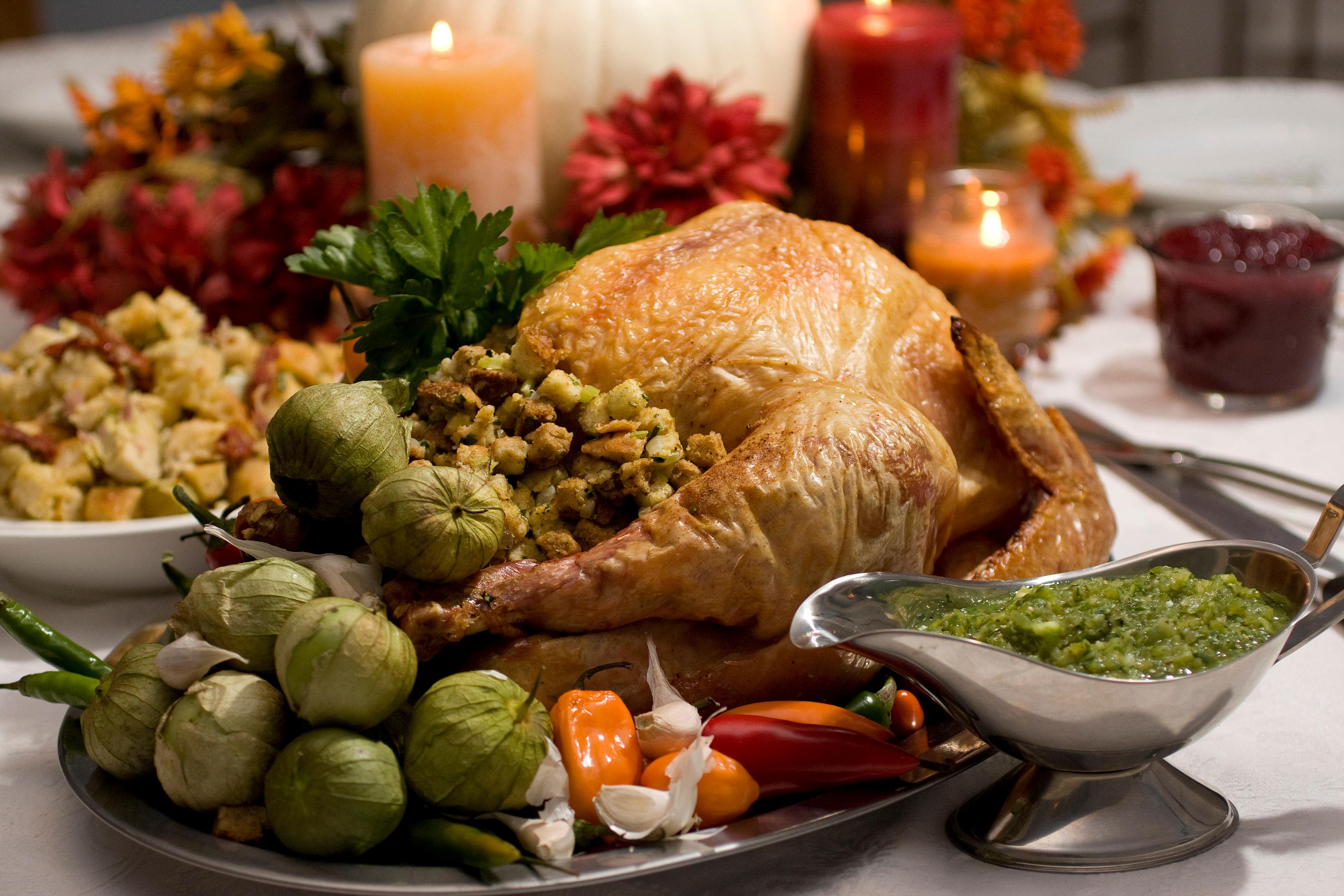
If there’s one guest no one wants to encounter on Thanksgiving, it’s Sal, as in salmonella. Or any of his unruly friends, like Clostridium perfringens, Campylobacter, and other germs, which can be found in raw turkey and other meats, according to the CDC.
“Whatever we can do to keep salmonella off of our invite list, that's always a good step,” said Troy Huffman, the retail food program manager with the state health department, which inspects restaurants to make sure they follow good food safety practices.
However, common kitchen mistakes can lead to foodborne illness.
“It's definitely something that could sneak up on you if you aren't careful,” Huffman said in an interview with CPR News.
The CDC estimates about one in six Americans (roughly 48 million people) gets sick from food-borne illness each year. The agency says 128,000 are hospitalized, and 3,000 die from it.
Fortunately for Coloradans, the Colorado Department of Public Health and Environment has created a cheat sheet, loaded with tips.
These four words summarize health experts’ advice: clean, separate, cook, and chill.
First, clean. “Do a good clean down on those prep surfaces and do a good hand wash periodically,” said Huffman. That's especially true after preparing any raw foods.
Next, separate. When bacteria from raw meat, poultry, seafood and eggs come in contact with other foods and surfaces that can cause cross-contamination. To minimize the risk, keep raw foods separate from other foods when shopping and in the fridge.
He also recommends using multiple cutting boards.
So if you're using one cutting board for meat, don't use it for other things, instead “put it in the dishwasher, doing a good wash in the sink before, you move on to that next step.”
Then cook.
For turkey, that includes giving it plenty of time to thaw. “We really want to allow time for that turkey to thaw, a general rule of thumb about every day for every 4 to 5 pounds of turkey that you've got,” Huffman said. So, don’t wait too long. Especially with a bigger turkey, “we'd want to get that into the refrigerator. That's the best place to thaw.”
Huffman suggests properly using a cooking thermometer.
Cook turkey to an internal temperature of 165 Fahrenheit or above, recipes with eggs 155, ham 145. And cook turkey and stuffing separately. “Maybe the stuffing that didn't get fully cooked because it was up inside the bird can be a bit of an issue,” Huffman said.
Finally, chill. Everyone likes to chill.
Refrigerate all leftovers at 40 degrees Fahrenheit or below within two hours after cooking.
And Huffman said, definitely do not leave foods containing meat, dairy, eggs, fish, or poultry out on the counter or table at room temperature.
“That's where bacteria likes to grow the best. 98.6 is a great temperature for bacteria to grow,” Huffman said.
Oh, and one last tip: If you’re not feeling great, hand off the chef duties to someone else. Cooking while sick is a recipe for spreading illness. So, step back!
“It might be a norovirus that you have that could be contaminating food and just probably need to step away from the kitchen,” Huffman said. “Let other people help out on that day.”
No one wants to be the turkey on Thanksgiving. Gobble, gobble.








